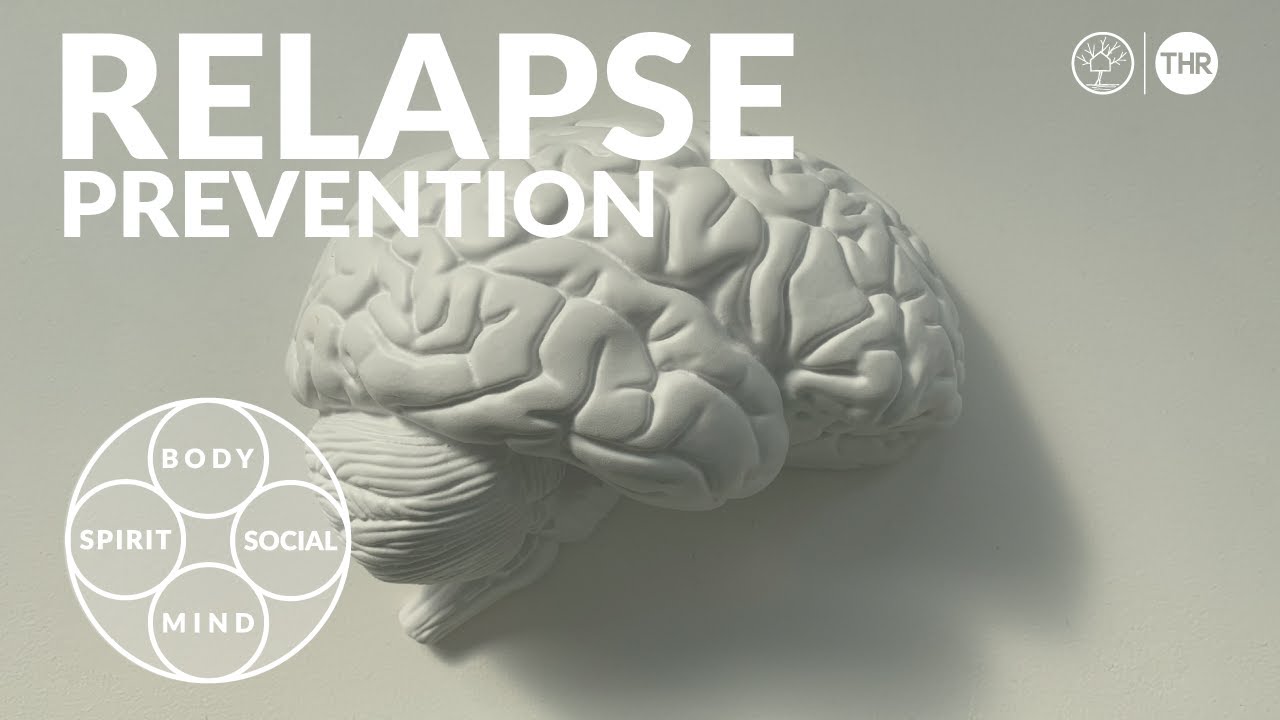
Relapse Prevention Worksheet
The key to making an effective relapse prevention plan is recognizing the signs of your relapse and knowing what stage of relapse you’re in. This will help you take the appropriate amount of action. This page will cover how to recover from each of the 3 stages of relapse.
If you are looking for additional support for relapse prevention, our intensive outpatient program can help you. Protect your progress by giving our admissions team a call at (503) 850-2474.
Stage 1: Emotional Relapse
Most people in recovery will likely have to deal with an emotional relapse at some point. It happens when your recovery self-care routine slips or you come in contact with too many triggers too often.
Click here to see how to deal with emotional relapse
Stage 2: Mental Relapse
Mental Relapse happens when you live with the effects of emotional relapse for too long without making any changes to your habits. As a result, you begin to have cravings and thoughts of using the substance again. As this stage progresses, you may begin to feel like you are at war with yourself over whether you should use drugs or alcohol again.1
Here’s a handout to help you deal with mental relapse
Stage 3: Physical Relapse
In physical relapse, you are acting with the intent of using substances again. For instance, going to buy alcohol or calling dealers. At this stage, substance use is very likely. But just because you use it once, doesn’t mean you have failed or have to start over.
The one thing you need to know to recover from physical relapse.
The Dimensions of Relapse Prevention
Our relapse prevention worksheet can help you spot the warning signs before they take hold. You’ve fought hard to get here, let us help you keep going. Call (503) 850-2474 now and take a powerful step toward protecting the life you’ve worked for.Ready to take your life back?
Call (503) 850-2474
FAQs About Relapse Prevention
A relapse prevention plan is a personalized, structured plan made to support sobriety. It identifies early warning signs and includes strategies to manage high-risk situations.
Relapse prevention strategies focus on multiple elements, including:
- Establishing and maintaining a structured daily schedule
- Engaging in regular physical activity to support neurochemical balance
- Building and maintaining strong support systems
These strategies should be applied consistently. Relapse prevention is an active, ongoing clinical process.
Relapse prevention is central to Tree House Recovery’s clinical model. Our addiction counselors work along with clients from day one to build personalized coping strategies to empower clients to not just avoid relapse, but to understand, manage, and recover with confidence.
The relapse prevention worksheet is designed for independent use. Although this resource can be useful, optimal outcomes are achieved in collaboration with a clinical professional. A licensed therapist can provide insight, identify potential gaps, and help create an effective relapse prevention plan.
Sources
- Guenzel N, McChargue D. Addiction relapse prevention. In: StatPearls [Internet]. Treasure Island (FL): StatPearls Publishing; 2025 Jan–. Updated July 21, 2023. https://www.ncbi.nlm.nih.gov/books/NBK551500/
- Buddy T. Alcohol or Drug Relapse Signs and Symptoms. Verywell Mind. https://www.verywellmind.com/warning-signs-of-an-alcohol-or-drug-relapse-67895. July 17, 2023. Accessed June 16, 2025.
